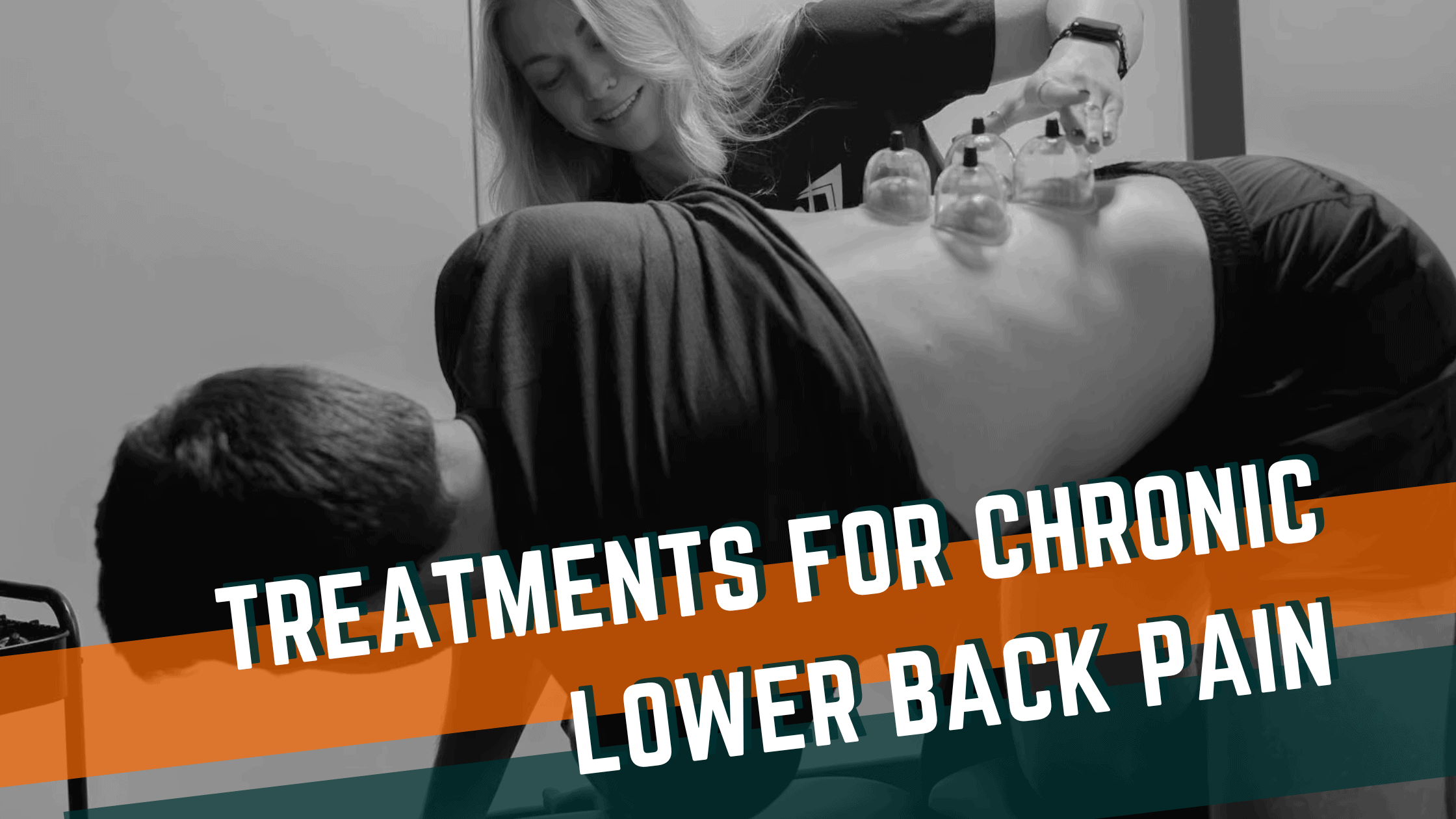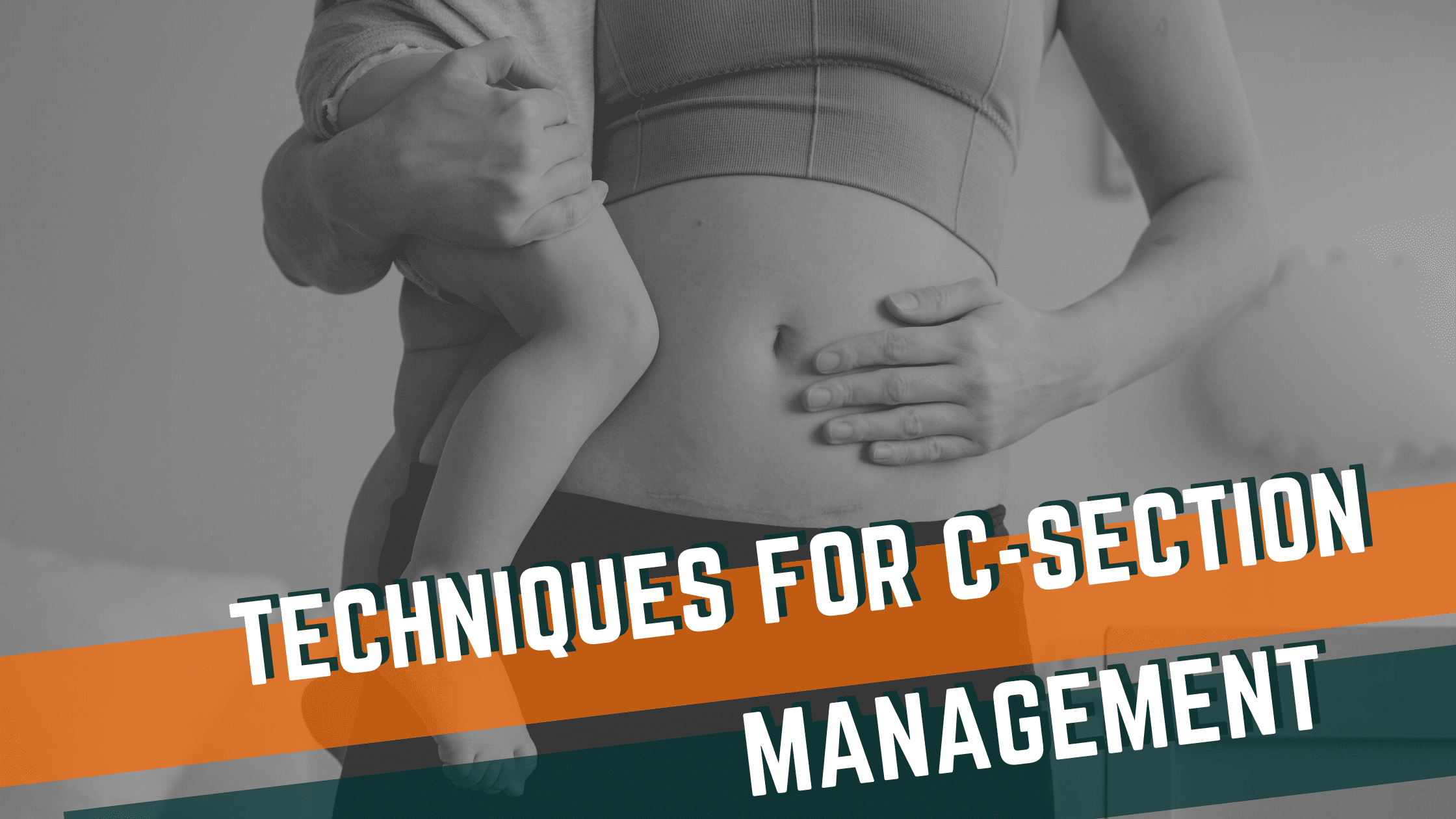
Having a baby is an exciting time for families, but recovery following the delivery can be really challenging for moms regardless if they had a vaginal or cesarean birth. Many moms don’t have a follow up appointment until 6 weeks postpartum which can take a toll on the body while they are learning to care for a newborn. Many women may experience pain, urinary incontinence, pelvic heaviness, and weakness following birth regardless of the type of birth. According to the CDC, about 30% of births are now cesarean deliveries.
What is a C-Section?
A cesarean section, often called a C-section, is a surgical procedure performed with an incision to the mother’s abdomen and uterus through which a baby is delivered. C-sections can be both planned or unplanned, and may be necessary in a variety of different situations. Reasons may include that the birth is not progressing normally, the baby is distressed, the baby is in an unusual position, there are problems with the placenta, you’re having multiples, there is a health concern, or you’ve previously had a C-section.
During a C-section, the incision cuts through 7 different layers including skin, fat, fascia, muscle, peritoneum, uterus, and the amniotic sac. This is considered a major abdominal surgery. Therefore it is important for all women to understand the impact of a C-section on the abdomen and the pelvic floor, as well as, the importance of recovery.
Recovery After C-Section
Following a C-section, it is important to follow up with your OB to ensure safety and follow medical advice for post-op recovery. After giving birth it may be difficult to use the abdominal muscles due to pain, weakness, and poor mechanics. The scar itself may also be sore and tender to touch. Physical therapy following a C-section is important to help the tissues fully recover and heal. Physical therapy can help improve scar mobility, scar sensitivity, abdominal strength, pelvic floor coordination, and help with other pelvic floor symptoms. The benefits of including physical therapy into your recovery are a quicker recovery, returning to exercise safely, a personalized plan to help you achieve your goals postpartum, and improving muscular strength and coordination.
Why Consider Physical Therapy After a C-Section?
Scar tissue mobilization is important following a C-section to help improve the mobility of the skin and the tissue underneath needed when moving, exercising and caring for a child. Following any major abdominal surgery, abdominal scar adhesions can cause increased intraabdominal pressure leading to pelvic floor dysfunction. Scar mobilization and other manual therapy techniques can also reduce the sensitivity of the scar. Check out this Instagram reel on ways to stretch your scar!
View this post on Instagram
Pelvic Floor Physical Therapy Postpartum
A pelvic floor physical therapist can help you return to core and abdominal exercises effectively. There is a lot of stigma surrounding when it is safe to return to abdominal strengthening exercises. A pelvic floor physical therapist will help walk you through safe exercises based on your stage of healing and your current level of function. They will be able to help you modify when needed and progress you throughout your postpartum journey.
Working with a pelvic floor physical therapist to improve pelvic floor strength, coordination, and relaxation will help reduce the risk of pelvic floor dysfunction immediately following a C-section, but also throughout postpartum recovery. This will help reduce symptoms of urinary incontinence, pelvic organ prolapse, constipation, and pelvic or low back pain.
Physical Therapy During Pregnancy
If you are currently pregnant or planning to become pregnant, physical therapy during and throughout pregnancy can help ease C-section recovery by strengthening those abdominal muscles prior to birth. It can also teach you how to initiate pelvic floor training and gentle range of motion within the first 2 weeks postpartum instead of waiting the common 6 weeks. There are also many other benefits to exercise during pregnancy! Check out this Instagram post here!
View this post on Instagram
Other Ways to Recover from a C-Section
Outside of physical therapy, ensuring that you are getting adequate sleep, nutrition, and managing stress is so important for healing and recovery. Taking care of yourself can be challenging when you have a newborn to take care of and physical therapy can help you find the best way to improve not only your muscle function, but give you tips and tricks to manage stress, improve sleep quality (maybe not quantity), and help you with basic understanding of nutrition.
Have additional questions or are interested in having an Onward Physical Therapist join you on your pregnancy or postpartum journey? Schedule an appointment or free phone consultation to discuss your options today!
Recent Articles
Recover Like a Pro: The Role of Manual Therapy, Dry Needling, and Mobility Work in Faster Recovery
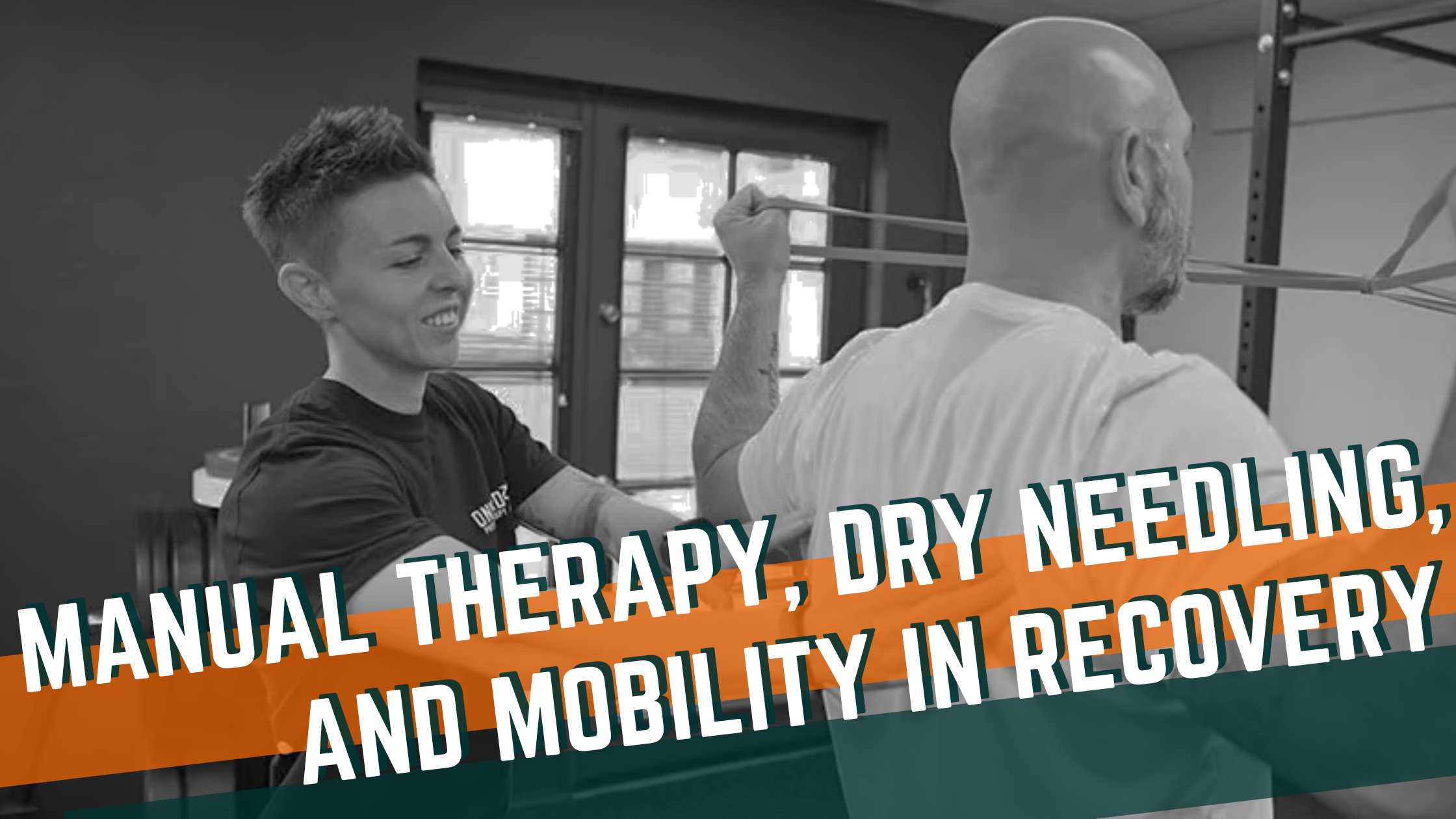
How does physical therapy help injury recovery and performance?
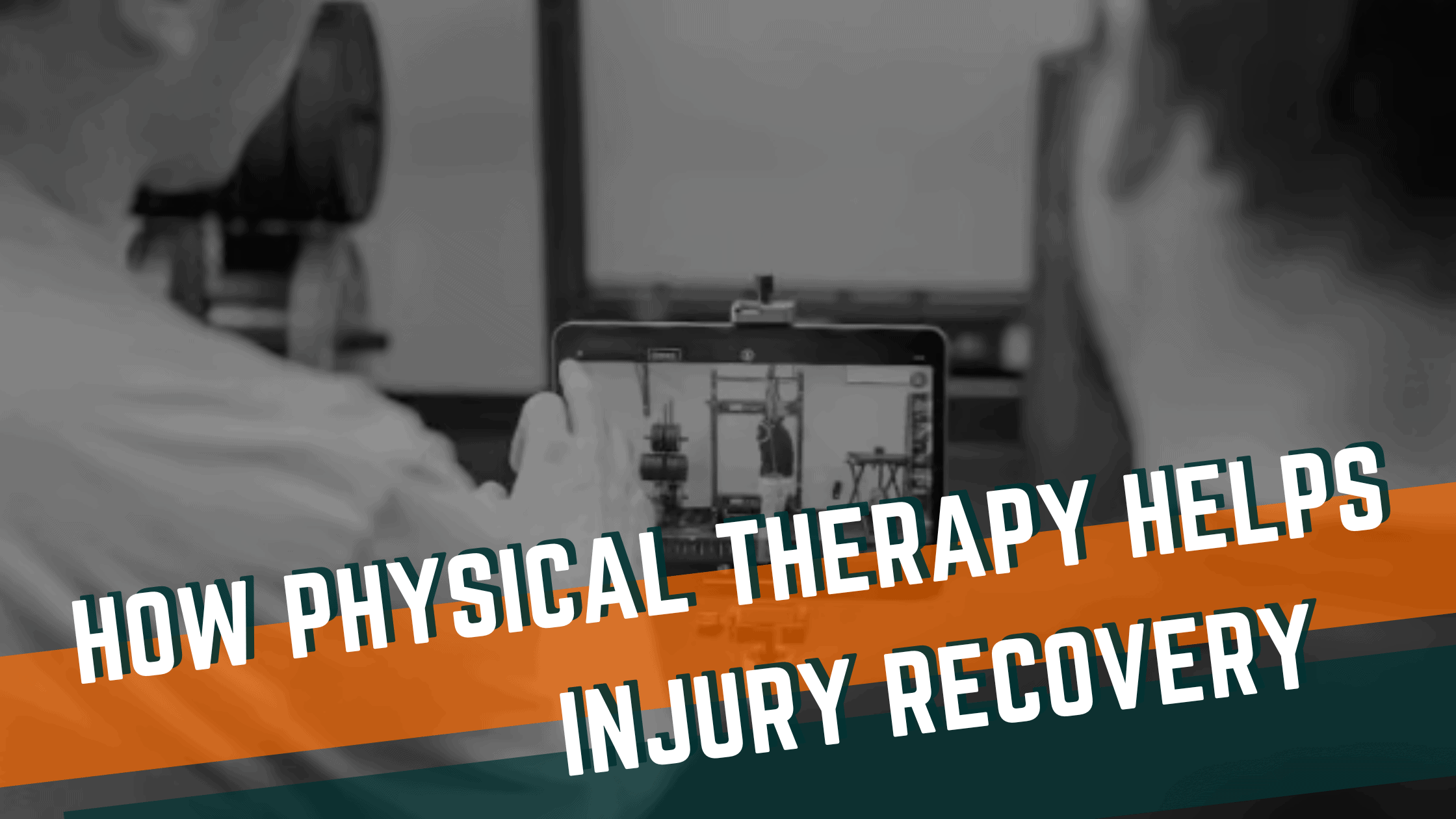
Comparing Manual Therapy to Other Treatment Modalities
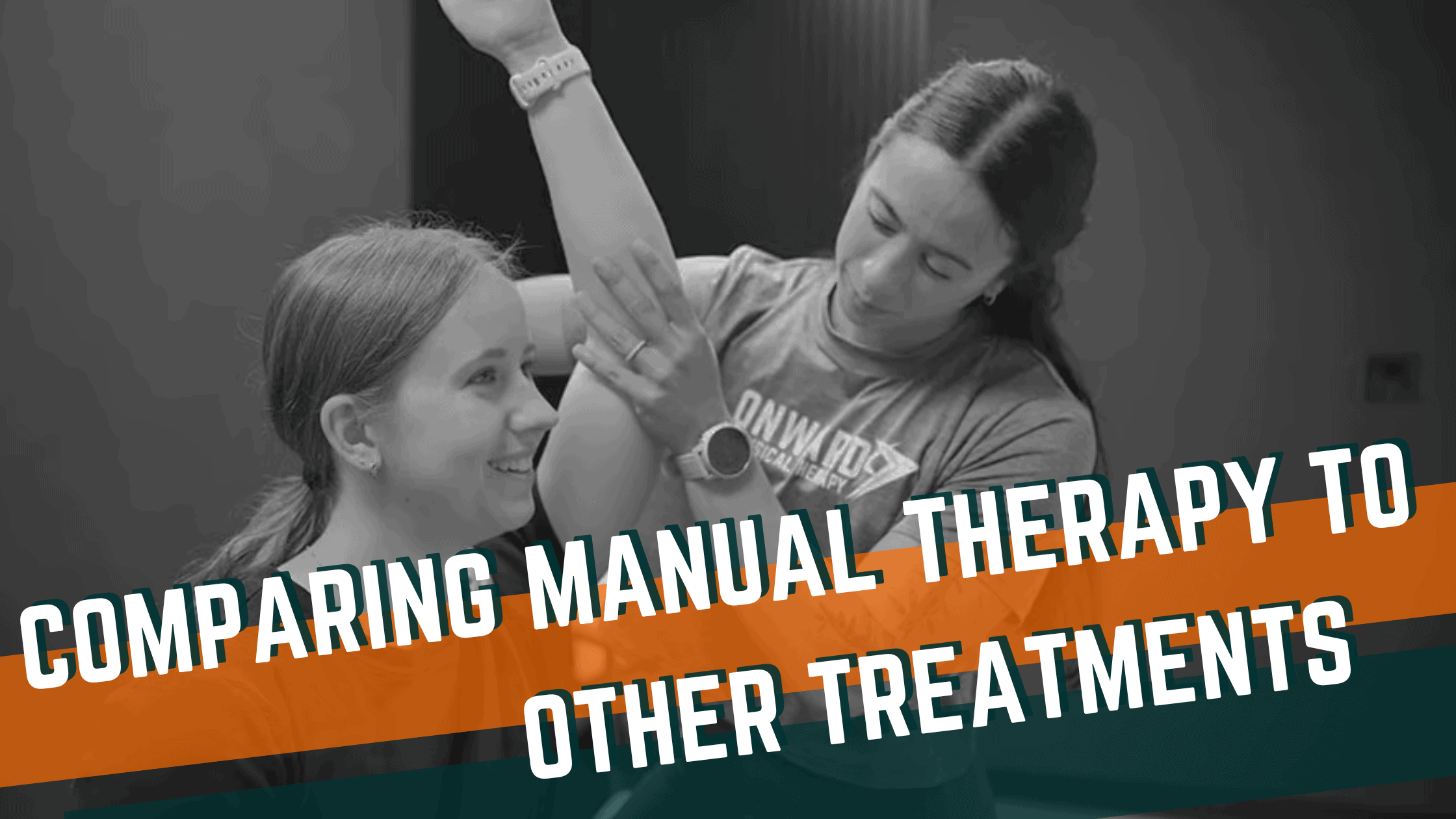
How Physical Activity Influences Mental Well-being

Non-Pharmacological Treatments for Chronic Lower Back Pain
